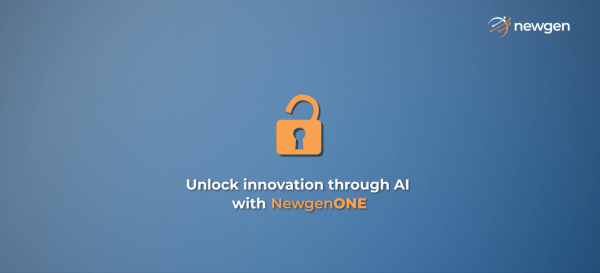“With Newgen’s AI-powered solutions for insurance, we optimized document storage, leading to substantial savings in claims processes. Our operational spend reduced through end-to-end automation.”
– VP, US Fortune 500 P&C Insurer
Learn What Newgen Insurance Solutions Can Do For You
Life & Annuity Insurance
Bring the power of unified automation to customer journeys, from underwriting and policy servicing to claims management and distribution.
Learn More >Property and Casualty Insurance
Modernize underwriting, policy binding, and claims for P&C insurance with accurate data-based decision-making.
Learn More >Specialty Insurance
Leverage the rules management engine, product configuration, unified dashboards, and end-to-end process automation to boost efficiency.
Learn More >Digital Distribution
Drive agent success with digital onboarding, accurate performance insights, and dynamic compensation.
Learn More >Service Request Management
Elevate customer satisfaction and productivity with AI-led proactive servicing and real-time resolution of requests.
Learn More >Insurance WorkDesk
Unify content workflows for submissions, risk prioritization, policy generation, and claims settlement using a single pane of glass.
Learn More >Core Capabilities of Newgen’s Solutions for Insurance
Intelligent Underwriting
Orchestrate workflows for automated submissions, with faster and more accurate underwriting.
AI-led Claims and Service
Automate first notice of loss, document intake, and fraud detection. Ensure complexity-based claims triaging and assignment.
Smart Policy Servicing
Experience dynamic clause and template creation, and swift contract generation with an advanced policy management system.
Key Benefits
- Higher profitability due to enhanced productivity, reduced churn, and optimized cross-selling opportunities
- Reduce underwriting complexities and administrative burden through segmentation of underwriting requirements and straight-through processing
- Improve claims effectiveness through structured and unstructured content insight across intake, verification, adjustment, payment, and service
- Dynamic collaboration with your digital ecosystem and support partners for faster processes and a unified customer experience
- Assure adherence to global compliance regulations to mitigate business risks

Find Your Winning Strategy with Newgen
See how Newgen’s low-code platform is transforming the insurance industry. Request a demo to explore our insurance-specific solutions.
Request a demoGot Questions?
Enter your information, and a Newgen representative will be in touch shortly.

